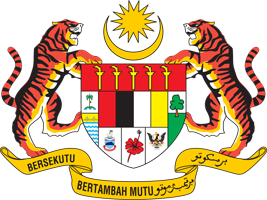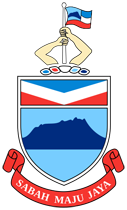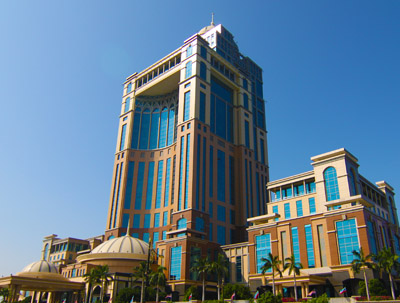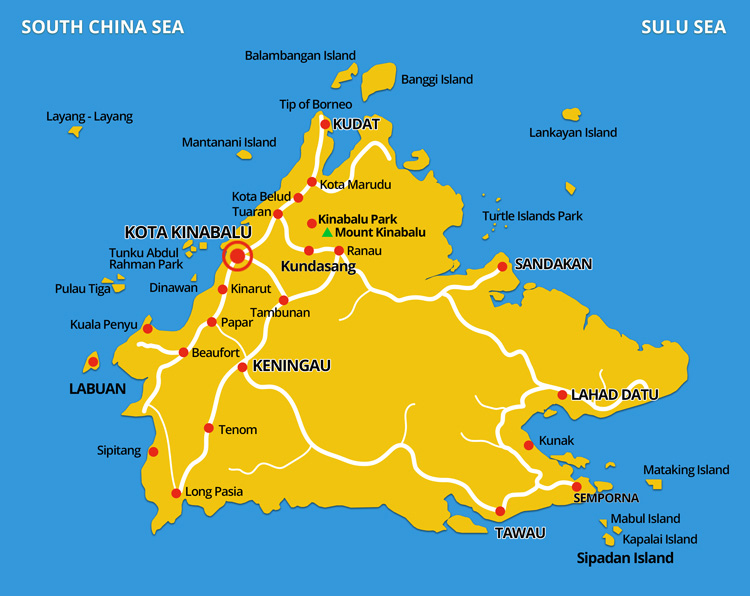
Local Time
Sabah is using the Malaysian Standard Time with UTC Malaysia + 8 hours, it is also 8 hours ahead of GMT.
Climate / Temperature
The climate throughout the state is considered to be equatorial / tropical - with the estimated temperature of 32°C (90°F) for lowland areas and the average 21°C (70°F) for highlands area, Sabah is typically hot and sunny all year round. In a tropical climate, it is advisable to dress comfortably in lightweight linens / cottons, T-shirt, shorts, or jeans to avoid overheating. Rainfall is also common throughout the year, but it can be considerably wetter during the North East Monsoon (October - February) season, and hotter/drier between May and September.
Languages
Bahasa Malaysia is the national language which is spoken widely across ethnicities in Sabah. However, the way Sabahans speak Bahasa Malaysia is with the Sabahan Baku dialect; which is a little different from West Malaysian dialect. Apart from the respective indigenous mother-tongue such as Kadazan, Dusun, Bajau, and Murut; Mandarin and some Chinese dialects like the Hakka and Cantonese, as well as the English language are also spoken here.
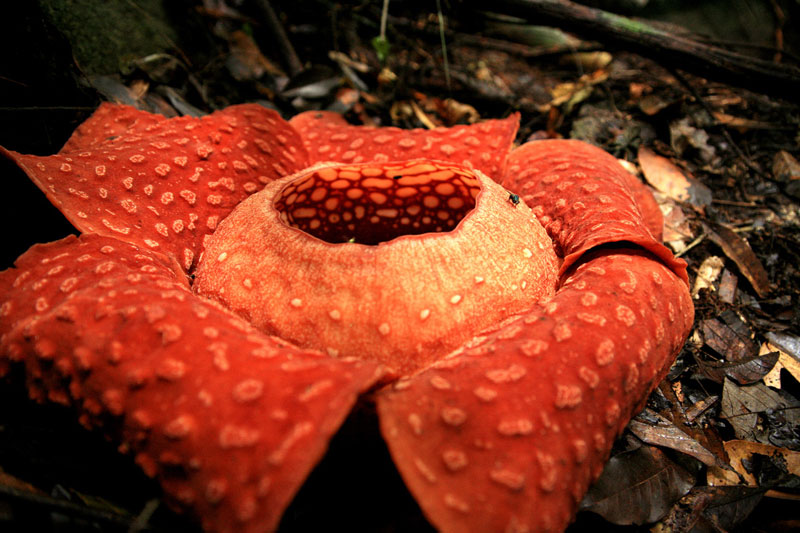
Flora and Fauna
Did you know that wildlife studies made by the National Geographic revealed that 10 sq. kilometres of Sabah has more flora and fauna than North America and Europe combined? The jungles in Sabah are classified as rainforest, which scientists estimate it at 130 million years old - one of the oldest in the world! Kinabalu Park, which occupies an area around Mount Kinabalu spanning about 754 sq. kilometres. It is a botanical paradise to the most remarkable assemblage of plants species and wildlife in the world. The vegetation in the park can change from lush tropical lowland forest to cool alpine meadow and everything else in between.
Rafflesia, the world's largest flower, is also found here. This parasitic flower takes about 9 months to bloom, but only live for 3-4 days emitting an unpleasant odour that attracts insects such as flies for pollination. Besides that, the world's largest pitcher plant (the insect eating Nepenthes Rajah), which is endemic to Mount Kinabalu can also be found here as well. Even though most mammals live in the lowlands around Kinabalu Park, primates like langurs, monkeys, gibbons, tarsiers and the slow loris have all been spotted in the park.
Besides that, the park is also home to other larger animals like the rare clouded leopard, bearded pig, sun bear, 3 species of deer (the large sambar deer, the smaller barking deer and the tiny mouse deer), and other smaller mammals like shrews, squirrels, as well as a few species of insectivores like the moon rat. In 2000, Kinabalu National Park was officially designated by UNESCO as a World Heritage Site due to the park's high biodiversity with representatives from more than half of the families of all flowering plants and many threatened and vulnerable animals.
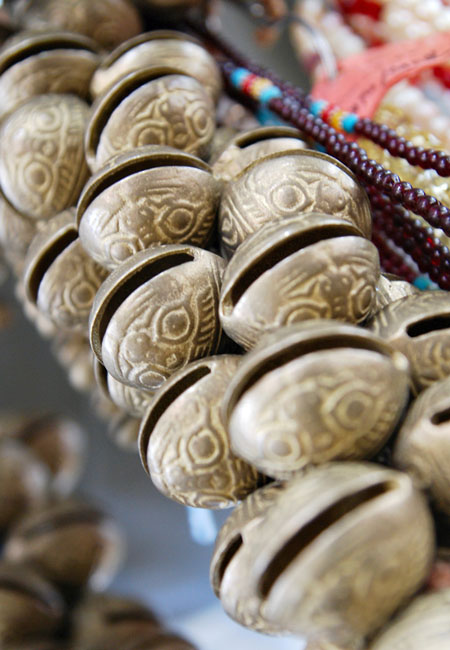
Culture & Arts
With a population that is heterogeneous and culturally diverse with more than 30 different ethnic races, one can expect to be enchanted by different traditions and customs that have long been part of Sabahans' daily lives. One can expect to see tribal dresses of various styles that have retained much of their original design and colour. Traditional costumes also included antique beads, necklaces and belts, antique hand-engraved silver jewellery, and belts of old silver dollar coins that are handed down from generation to generation. Other than that, each indigenous group also has their own unique dance, music and handicraft that differentiate themselves from each other.
Common Customs
Sabah, which is also a part of Malaysia, still retain customary practices like dressing modestly and removing shoes before entering a mosque or temples- namely places of worship. Although handshakes are generally acceptable, however, some Muslim ladies may acknowledge introductions to gentlemen merely by nodding and smiling. Smiling and nodding the head is the simplest way to greet anyone, moreover there is no chance of getting into trouble with such gesture.

